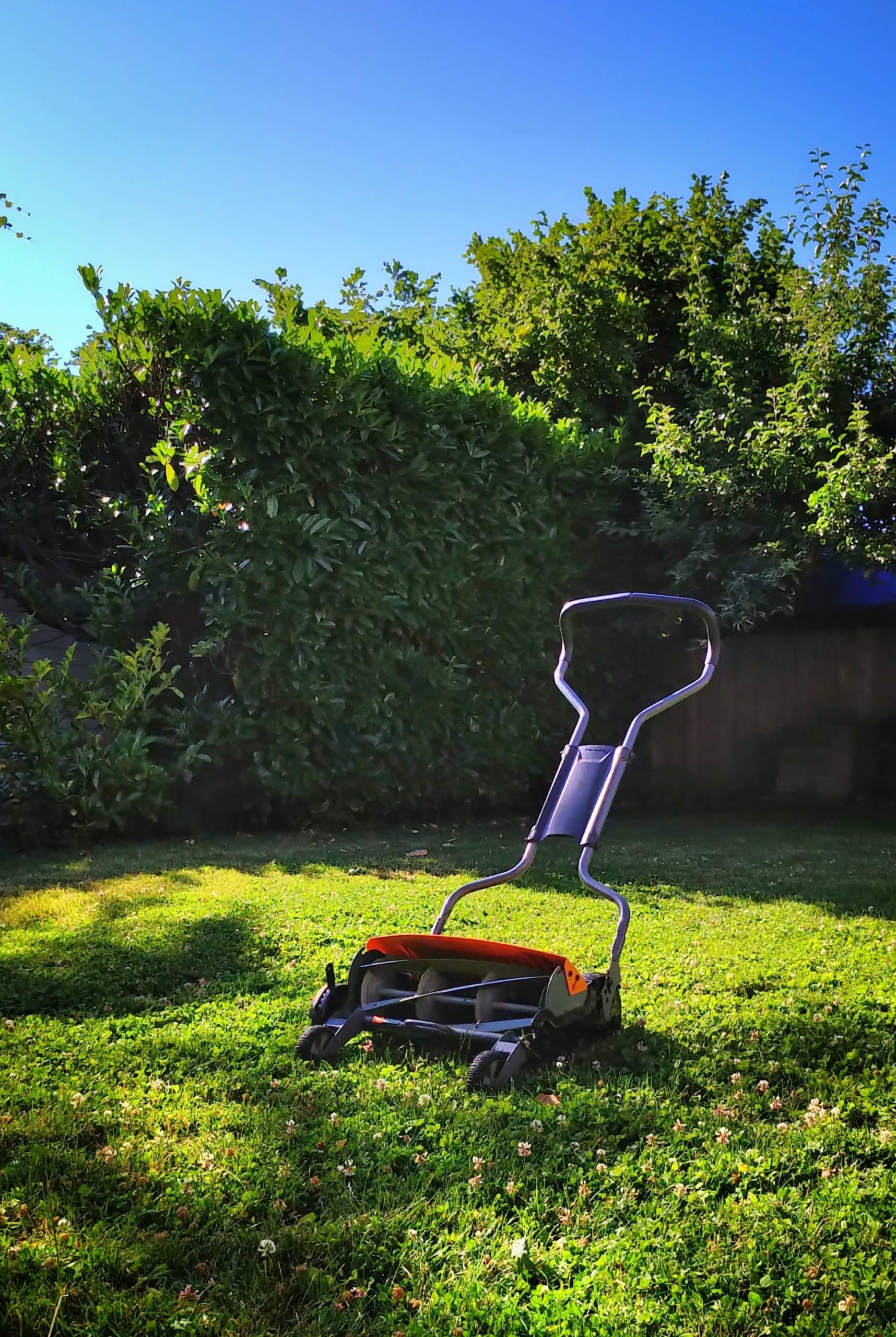Most types of lawn grass grow best in slightly acidic soil with a pH between 6 and 7. If your soil pH is below 5.5, your lawn won’t grow well. This is when lime works. It is a soil amendment made from ground limestone rock, which contains calcium carbonate and magnesium carbonate. Lime’s primary role is to alter soil pH and offset soil acidity, which can improve the availability of plant nutrients.
- Why Apply Lime?
Here’s a tip that may help you determine if you need lime lawn treatment: If you live in a dry, desert climate, there’s a chance your soil is alkaline and you may not need to lime your lawn grass. If you live a rainy area where acid-loving plants such as rhododendrons and camellias thrive, your soil is likely acidic and may benefit from lime lawn treatment.
The only way to find out for sure is to take a soil test. Liming a lawn that doesn’t need it is a waste of time and money, and liming soil that is already highly alkaline may affect soil health and result in a sickly, yellow lawn.
2. When to Add Lime to a Lawn
Spring is a great time to test your soil, and you can apply lime between fall and early spring. Many gardeners prefer to lime just before the first frost in fall because the soil has all winter to absorb the lime. Don’t spread lime on a dry, wilted lawn or a soggy, wet lawn. Don’t lime during frosty weather. If you haven’t planted grass seed yet, apply lime to the soil just before you plant.
3. How Often Should Lime Be Applied?
Lime should be applied only when soil testing indicates that it is needed. Yearly lime applications without performing a soil test are strongly discouraged because alkaline (high pH) conditions may develop.
4. How to Lime Your Lawn
Before you begin, a few liming lawn tips should be considered. There are several types of lime and your local garden center can help you determine the best type for your grass, soil type, and climate. However, most gardeners find that pellet forms are easier to apply than powders.
Once you’ve decided on the best type of lawn, refer to the label to determine the proper amount, which will depend largely on your soil pH. Depending on the type of lime, you can use a drop-style or rotary spreader. A spreader is the best tool for applying lime. Apply half of the recommended amount of lime by walking back and forth horizontally with the spreader, then add the second half by walking vertically. This way, your criss-cross pattern ensures the grass is evenly and completely covered.
By liming your lawn when it’s needed, you help ensure your grass gets the nutrients and advantages it needs for lush, healthy, beautiful growth. If you’re interested in that but aren’t sure what to do, be sure to contact us Everlast Services. We are always more than happy to visit your home, provide detailed information and samples, and discuss how we can best meet your needs.





